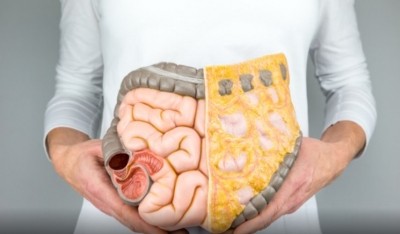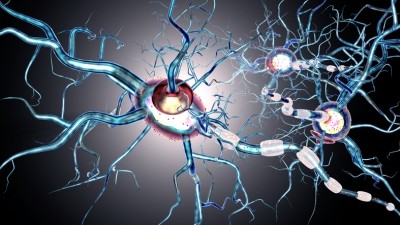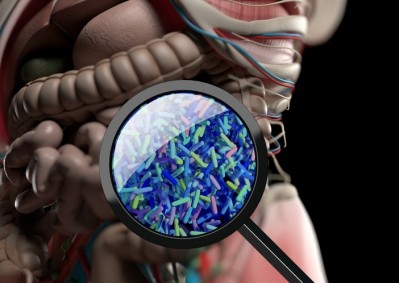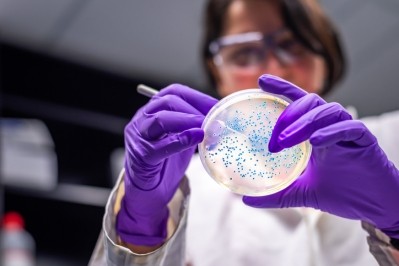‘Organs-on-a-chip’ sheds light on gut microbiome’s role in Parkinson’s disease
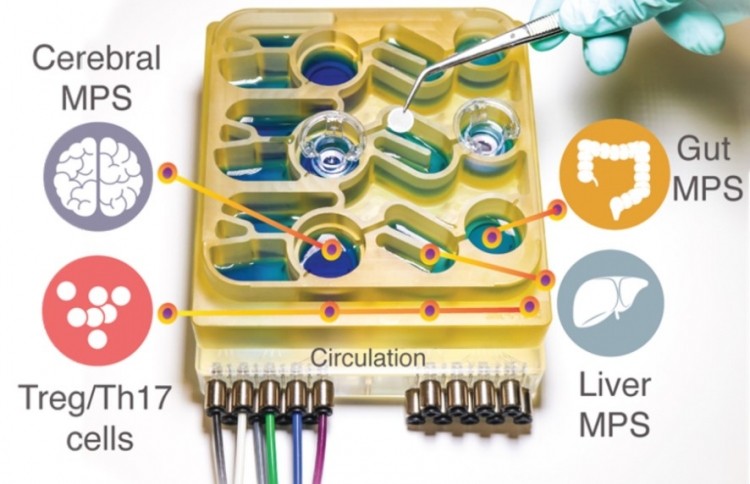
The system allows the research team to more fully understand the gut-brain axis’ role in neurological diseases, better replicating the complex interactions that murine mice models struggle to do.
The team from Massachusetts Institute of Technology (MIT) found that short-chain fatty acids (SCFAs) produced by gut microbes are transported to the brain, where they have different effects on healthy and diseased brain cells.
“While short-chain fatty acids are largely beneficial to human health, we observed that under certain conditions they can further exacerbate certain brain pathologies, such as protein misfolding and neuronal death, related to Parkinson’s disease,” says Martin Trapecar, an MIT postdoc and the lead author of the study.
The technology platform uses a selection of small devices that can be used to grow engineered tissue models of different organs, linked together by microfluidic channels.
Known as a microphysiological system, this technology can be harnessed to model interactions between the liver and the colon, as was done in a previous study.
Here, they found SCFA molecules produced by gut microbes can exacerbate autoimmune inflammation linked with ulcerative colitis.
SCFAs such as butyrate, propionate, and acetate, can also have positive effects on tissues like increased immune tolerance, and they account for about 10% of the energy obtained from food.
Parkinson’s and genetics
In the new study, the MIT team added brain and circulating immune cells to the multiorgan system, mimicking the brains interactions with the digestive tract that can occur via the enteric nervous system or circulating immune cells, nutrients, and hormones between organs.
Over 80% of Parkinson’s examples cannot be attributed to a specific gene mutation. However, the remainder of the condition’s cases have a genetic cause.
The researchers’ Parkinson’s model opted to use cells that carry a mutation, which causes the accumulation of alpha synuclein, a protein which damages neurons and causes brain inflammation.
MIT researchers Linda Griffith and Martin Trapecar began by looking at two sets of brain cells in microphysiological systems unconnected to any other tissues,
They discovered that the Parkinson’s cells exhibited more inflammation and impairments in metabolising lipids and cholesterol, when compared to healthy, corrected cells.
Brain link to liver
The two researchers then linked brain cells to colon and liver tissue models including channels that permit immune cells and nutrients such as SCFAs to move between them.
Observations revealed that for healthy brain cells, SCFA exposure had a beneficial effect helping the cells to mature.
In contrast, sample brain cells from Parkinson’s patients underwent higher levels of protein misfolding and cell death when exposed to SCFAs.
These actions were observed even when immune cells were removed from the system, suggesting the effects are overseen by alterations to lipid metabolism.
“It seems that short-chain fatty acids can be linked to neurodegenerative diseases by affecting lipid metabolism rather than directly affecting a certain immune cell population,” says Trapecar, an MIT postdoc and the lead author of the study. “Now the goal for us is to try to understand this.”
“We should be really pushing development of these, because it is important to start bringing more human features into our models,” adds Griffith, the School of Engineering Professor of Teaching Innovation and a professor of biological engineering and mechanical engineering at MIT.
“We have been able to start getting insights into the human condition that are hard to get from mice.”
Source: Science Advances
Published online: DOI: 10.1126/sciadv.abd1707
“Human physiomimetic model integrating microphysiological systems of the gut, liver, and brain for studies of neurodegenerative diseases.”
Authors: Martin Trapecar et al.
